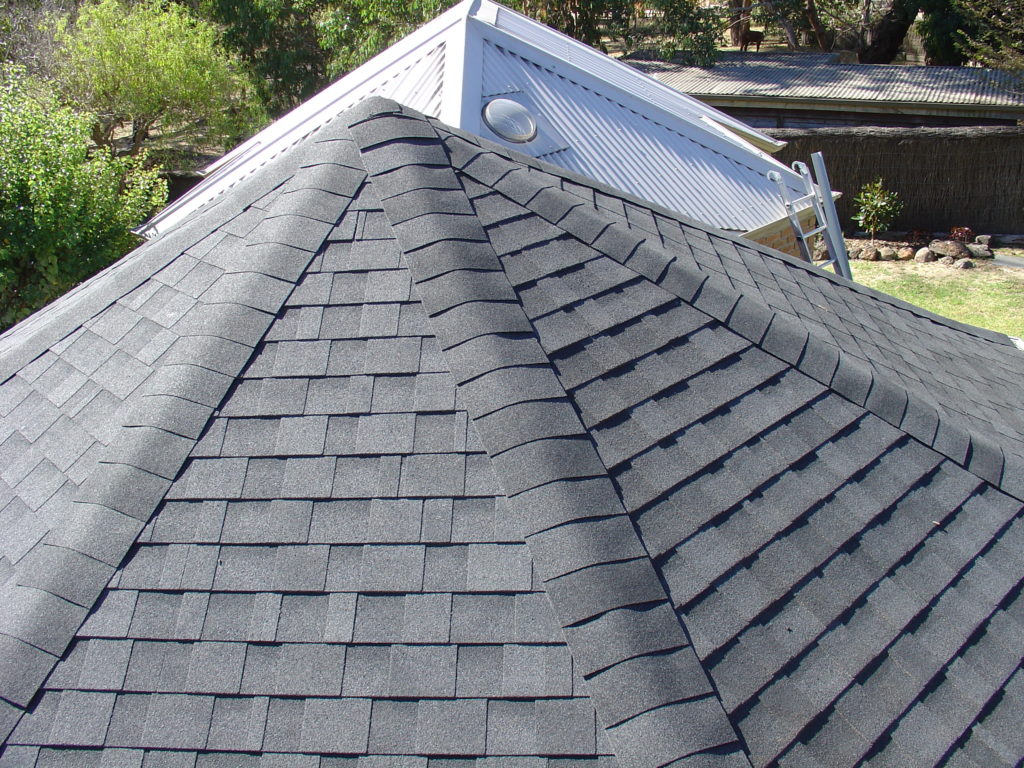The roof of your house is one of the biggest investments you will ever make simply because the quality of your home’s roof will either add to or reduce the value of your house. Reports have shown that a building with a new roof often yields more than 80% of its original cost upon resale. And according to some realtors, a lot of houses get sold very quickly as a result of their roof restorations.
However, when it comes to roof restoration, most people are often faced with deciding whether to install new shingles or simply opt for a complete roof replacement. Therefore, in this piece, we will explain the pros and cons of each roofing option, and from there, you can make your own decision. So, let’s dive straight into it!
Questions to Ask Before Deciding on The Option to Take
Before deciding whether to install new shingles or opt for a complete roof replacement, you must first assess the situation. And in other to accurately assess the situation, you need to hire a competent home repairer to come to the place and assess the status of your roof. But before that, below are some guiding questions you need to ask yourself before deciding on the next line of action.
- When did you install this roof?
- What is the warranty status of the roof?
- How badly damaged is the roof?
If you’ve got an answer to all these questions, you are already on the right path.
WHEN TO INSTALL NEW SHINGLES?
You know your roof only needs repairing when it is still in good condition, even after damage by windstorms, fallen trees, or other accidents. When you find out that the damage done to the roof doesn’t warrant a complete roof replacement, you can hire a house repairer to help replace the damaged or missing shingles with new ones. Also, If perhaps your roof is still under warranty, you should prioritize repairing the roof rather than opt for a complete roof replacement.
It is estimated that the asphalt roof has a warranty of about 25-30 years, depending on the region. What this means is that the life span of the roof will be determined by the condition of where your house is located.
And lastly, during the installation of your roof, there ought to be extra original shingles that the contractor that installed your roof would have left behind. These extra shingles are intentionally added so that when there is damage to your roof after installation, they can be used for quick repair.
Advantages And Disadvantages of Installing New Shingles Instead of a Complete Roof Replacement.
Much has been said about when you consider installing new shingles; now it’s time for us to list and explain some of the advantages and disadvantages of this option.
PROS
- Re-roofing doesn’t take too much time
- Installing new shingles is considerably cheaper than the other option.
- You won’t have to replace the entire roof.
CONS
- Newly installed Shingles may not last as well.
- If you have a metal roof, installing new shingles won’t be possible or advisable
- Sometimes, adding new shingles to the old shingles may not solve all the problems.
When Should You Replace it?
You know you need to replace your roof completely when it gets severely damaged, and it no longer has a warranty (in the sense that the life span has exceeded 30 years). Perhaps we should add this as well: the damage’s severity is less important here; as long as the roof has exceeded the 30-year mark, it is time for you to opt for a complete roof replacement.
You can argue that slapping new shingles on the damaged areas will work, but you don’t realize that the roof underlayment, the roofing system, and its protective layers are no longer as protective as they were when they were first installed. It is just like putting a bandage on a severe wound. Sure, the bandage may cover the injury, but underneath this wound is where the real problem lies.
Advantages And Disadvantages of Installing a Complete Roof Replacement
Now that you know when you need to install a complete roof, it is about time you familiarize yourself with the advantage and disadvantages of opting for a complete roof replacement.
PROS
- As you’d expect, a new roof will last longer than a patched roof.
- Irrespective of the number of shingles on the roof, a complete roof replacement can still be done.
- Complete roof replacement will cover all the patches and flaws.
- New roofs are usually under warranty – a warranty lasting for 20 to 30 years.
CONS
- One problem, though, is that replacing an old roof with a new one usually costs a lot of money. Not only money, but it also requires more time, labor, and materials. In short, it is a very big project.
Our Verdict
Now that we have briefly explained the difference between installing new shingles and opting for a new roof, the decision lies with you and us if you need expert views and opinions. Therefore, if you are looking for expert views and opinions on how to go about the whole thing, don’t hesitate to contact us at The Roof Pro request a free quote online today.


